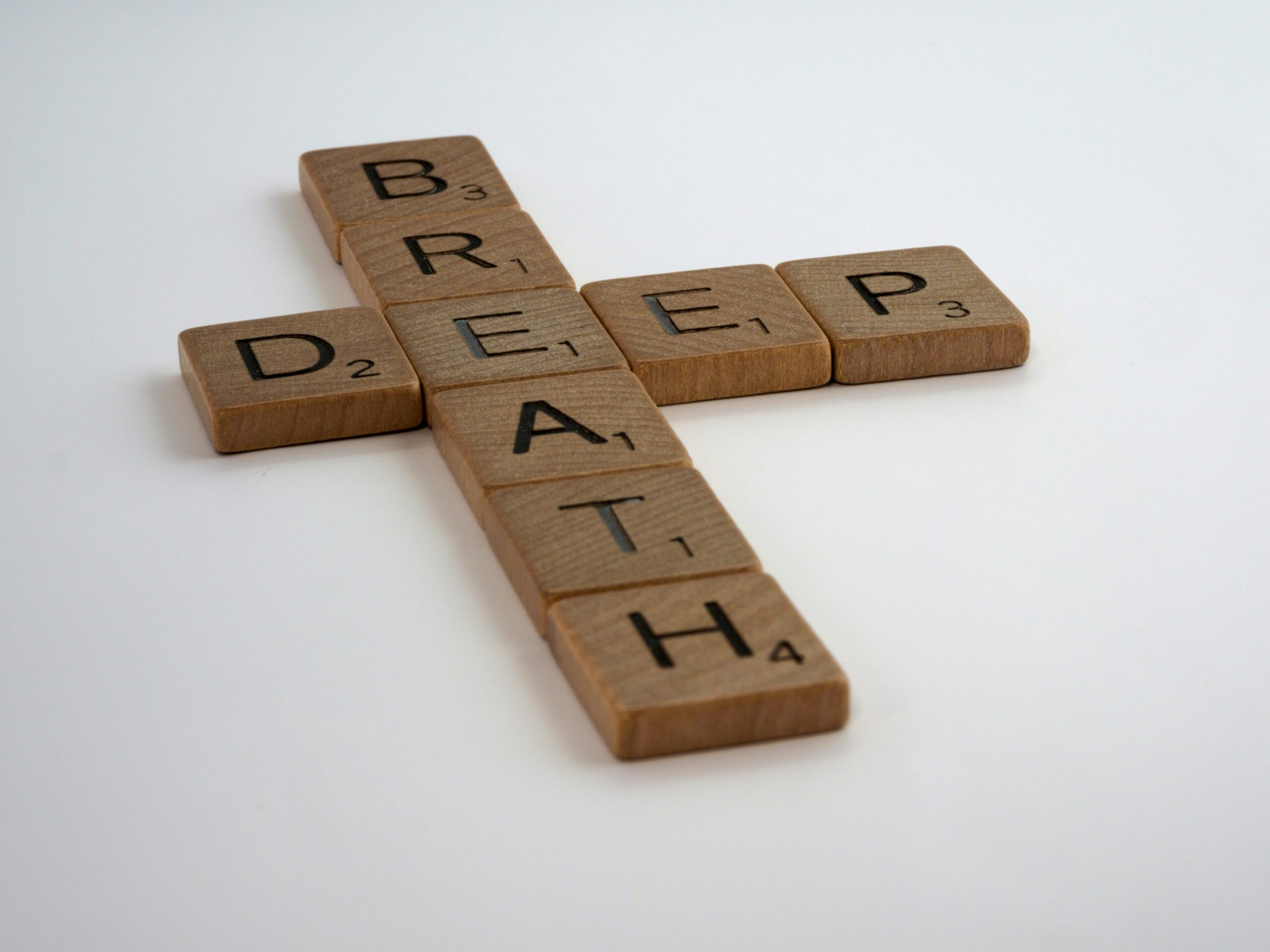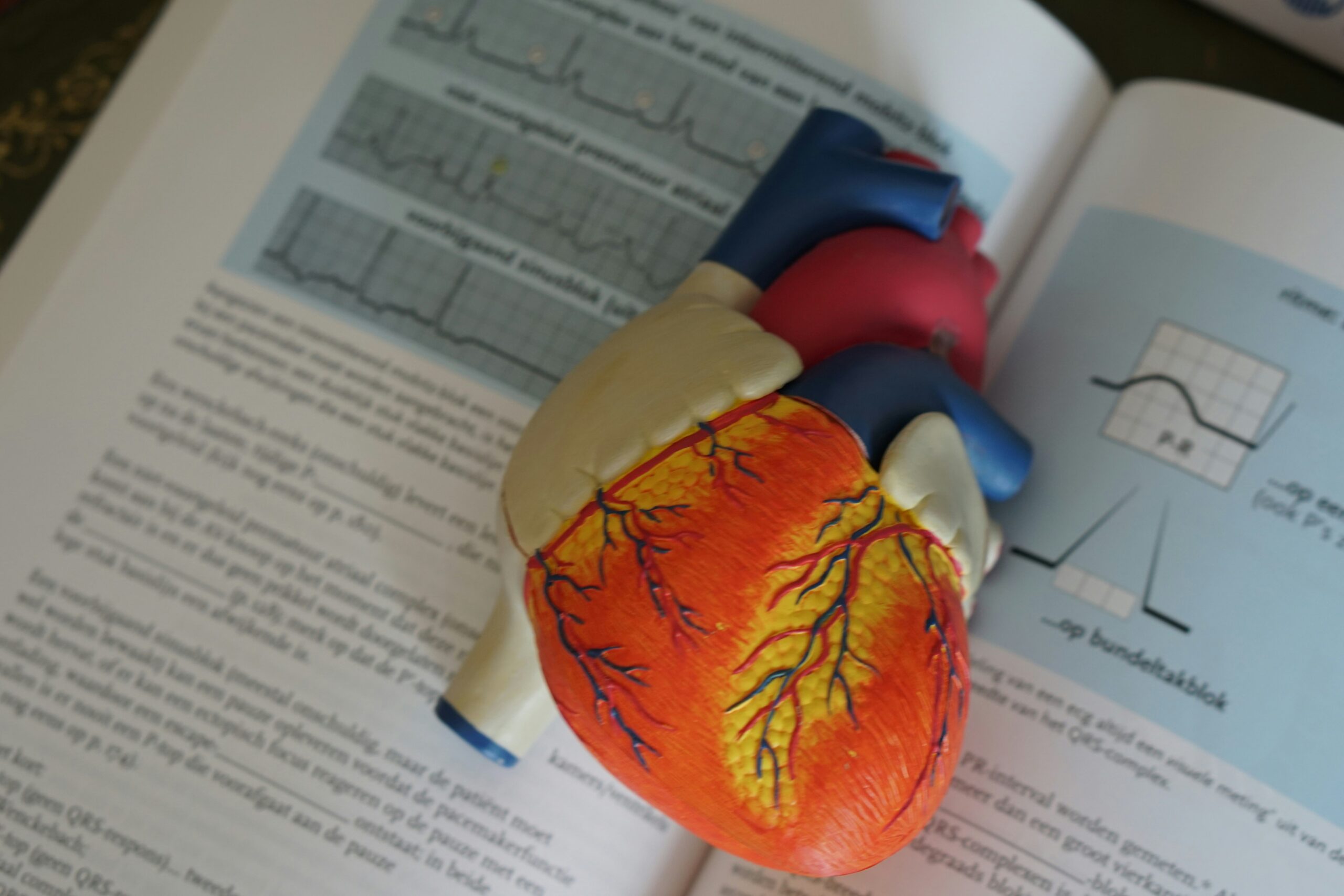Dyspnea, which individuals also call shortness of breath, occurs when somebody feels awkward while breathing or suddenly realizes they have to breathe.
This sensation can extend from small and speedy to exceptionally solid and enduring for a long time, making life much harder. Dyspnea isn't an infection by itself but appears to be connected with numerous distinctive health-related issues. These can run from short-term issues that disappear rapidly to constant conditions that get more regrettable over time. Knowing Dyspnea's fundamental causes and impacts makes a difference in overseeing and treating it appropriately.
A few things can cause Dyspnea, such as lung infections like asthma or COPD (Chronic Obstructive Pulmonary Disease), heart inconveniences such as heart failure, uneasiness and disarranges driving to feeling out of breath, or basic reasons like doing overwhelming exercise without being utilized to it. Recognizing what makes somebody feel this way is vital for giving the correct offer of assistance.
The impacts of encountering Dyspnea are moreover wide since battling to breathe influences lifestyle a part – making typical exercises difficult and diminishing quality of life essentially. Individuals may dodge physical assignments due to fear, which leads them to a stationary way of life, declining by and large well-being.

Dyspnea could be a condition that numerous individuals are involved in, and it can happen to anybody at any age. As individuals get older, they experience this issue more frequently![]() . It is particularly common among people who have long-term issues with their lungs or heart. In typical individuals, about 27% of older folks have Dyspnea. This can be why they go to the crisis room and get admitted to healing centers.
. It is particularly common among people who have long-term issues with their lungs or heart. In typical individuals, about 27% of older folks have Dyspnea. This can be why they go to the crisis room and get admitted to healing centers.
Such a condition is more common in individuals who have certain well-being issues like constant obstructive aspiratory infection (COPD), heart failure, and interstitial lung illnesses. Indeed, even though it happens frequently, managing Dyspnea can be intense since it depends on how each individual feels it. This makes it not simple to degree or control.”
Many reasons can cause Dyspnea, but they are ordinarily assembled into respiratory, heart-related, neuromuscular, or whole-body conditions. Causes coming from the breathing framework incorporate asthma and chronic obstructive pulmonary disease (COPD). Pneumonia with aspiratory embolism may cause blockage or obstruction in the airways.
Cardiac reasons conversation around heart failure influencing how well your heart works; coronary artery infections where supply routes providing blood to your heart muscle get harmed; valvular heart infections meaning issues with one or more valves interior this organ, making it not work right and causing as well much liquid to assemble in lungs.
Issues with the connection between the brain and muscle, such as amyotrophic lateral sclerosis (ALS) or solid dystrophy, can weaken the muscles used for breathing. Issues with blood, such as frailty, and issues with body weight, such as weight or uneasiness, might cause inconvenience in taking breaths.

Dyspnea could be a kind of distress after you breathe; it may begin rapidly from startling issues like lung blockage (aspiratory embolism) or heart assault or gradually due to persistent conditions such as COPD and heart failure.
Indications that come with shortness of breath may sound like wheezing, hacking, the skin turning blue, which we call cyanosis since there's insufficient oxygen – this happens, and tiredness as well.
The degree of trouble one has in breathing (dyspnea) may differ from individual to individual, and it seems to begin when doing physical work, encountering enthusiastic stretch, or experiencing irritants such as smoke or unfavorably susceptible substances.
If an individual can't breathe appropriately, called Dyspnea, and it doesn't get taken care of or overseen well, this may cause numerous issues. Individuals who battle with breathing for a long time, as a rule, diminish their movement levels, and the quality of their muscles becomes weaker as they get more seasoned.
This creates conditions where individuals have frail muscle control and cannot perform exercises viably. It moreover might bring mental issues like being frightened and pitiful. This may make a sensation of not being able to catch your breath. In exceptionally genuine circumstances, having trouble in breathing can lead to issues with taking profound breaths, requiring prompt restorative help.
Troubles with breathing, which are a steady issue, make it tough to do ordinary activities and participate in social occasions. This effect on life makes individuals dodge these encounters.
One must conduct a full check to comprehend the reason behind a person's trouble breathing. This examination includes watching the well-being foundation of the person, analyzing their body, and performing different tests. The details about when they first experienced inconvenient breathing, how much time it takes, and what kind of sensation is felt should be included inside their history of having trouble breathing. It should moreover say related issues and any other ailments that are shown.
PFTs, which are short for pulmonary function tests![]() , watch the working of the lungs and distinguish issues like asthma or COPD. They determine the lung's capacity to hold discussion, how quickly it can discharge and take in discussion, and how rapidly air moves through them – essentially considering all perspectives related to the breathing system's working preparation. Spirometry, which is one portion of Pulmonary Function Tests (PFTs), makes a difference to the degree of the sum of discussion that can be compellingly breathed out in a single endeavor. This estimation is noteworthy for distinguishing blockage issues inside the lungs.
, watch the working of the lungs and distinguish issues like asthma or COPD. They determine the lung's capacity to hold discussion, how quickly it can discharge and take in discussion, and how rapidly air moves through them – essentially considering all perspectives related to the breathing system's working preparation. Spirometry, which is one portion of Pulmonary Function Tests (PFTs), makes a difference to the degree of the sum of discussion that can be compellingly breathed out in a single endeavor. This estimation is noteworthy for distinguishing blockage issues inside the lungs.
Imagery such as chest X-rays and computed tomography filters uncover the lungs and space inside the chest. Chest X-ray can distinguish pneumonia, heart failure, and liquid in spaces around the lungs, whereas CT check gives a nitty-gritty picture to watch blood clots in the lungs, illness in the tissues of the lungs, and tumors.
Electrocardiograms, or ECGs and echocardiograms, show heart power and shape. These tests are pivotal for finding out the cause of breathing issues like heart failure, a heart assault, or disorders related to valves within the heart. An ECG catches electric signals from our hearts to find issues such as bizarre heartbeats and inconveniences caused by insufficient blood sugar; in the interim, an echocardiogram employs sound waves to see the heart's interior. It appears the walls of the heart, its valves, and how it works.
Testing the blood is additionally exceptionally imperative. It can help us find iron deficiency by checking the levels of hemoglobin. That helps us understand why somebody may be encountering breathing challenges. Moreover, arterial blood gases (ABGs) show data regarding oxygen and carbon dioxide inside the blood. Additionally, they manage data regarding the pH level. That helps us understand whether there are challenges with breathing or metabolic work.
Treating dyspnea implies treating the most critical issues and making indications superior. The treatment strategy varies based on what condition is found, with the utilization of drugs and other strategies not including drugs.
Bronchodilators![]() are common drugs for breathing problems like asthma and COPD. They help by making the muscles around the airways unwind, encouraging less demanding breathing. People use inhalers or nebulizers to assist when they suddenly have difficulty breathing rapidly.
are common drugs for breathing problems like asthma and COPD. They help by making the muscles around the airways unwind, encouraging less demanding breathing. People use inhalers or nebulizers to assist when they suddenly have difficulty breathing rapidly.
Corticosteroids decrease puffiness within the aviation routes, which is critical for people with asthma, COPD (chronic obstructive pulmonary disease), and lung diseases found between cells. Corticosteroids can be a tablet to swallow, an inhaler to blow into oneself, or a trickle into the vein if the condition is exceptionally extraordinary. If an individual takes corticosteroids for a long time, specialists must keep checking as there can be side impacts from taking these drugs for lots of days.
Oxygen treatment is exceptionally noteworthy for those who have hypoxemia, meaning there's not sufficient oxygen in their blood. Additional discussion can be given by using nasal tubes or veils on the confront. More advanced tools like high-flow nasal cannulas and mechanical ventilators exist, which we utilize when somebody needs genuine care. This helps keep the proper sum of oxygen within the body and makes it simpler for a person to breathe.
Pulmonary rehabilitation programs aim to improve physical wellness and general joy for individuals with continuous breathing issues. These programs contain arranged works, information on the way to better breathing, and bolsters for managing the mental battles that come with shortness of breath. It assists them in exercising more easily, encountering fewer indications, and living a life of way better quality.
Heart medication![]() incorporates diuretics, beta-blockers, and angiotensin-converting enzyme (ACE) inhibitors. They are imperative when treating heart failure and other breathing issues associated with the heart. Diuretics help by diminishing the build-up of liquids in the lungs and body. Beta-blockers and expert inhibitors assist the heart in working more productively by bringing down its workload.
incorporates diuretics, beta-blockers, and angiotensin-converting enzyme (ACE) inhibitors. They are imperative when treating heart failure and other breathing issues associated with the heart. Diuretics help by diminishing the build-up of liquids in the lungs and body. Beta-blockers and expert inhibitors assist the heart in working more productively by bringing down its workload.
Managing anxiety is fundamentally essential, as well, since it can make breathing problems more genuine. Medicines like cognitive-behavioral therapy (CBT), unwinding hones, and drugs like anxiolytics are supportive in decreasing anxiety and improving how one breathes.

Dyspnea's future depends on its reason and how good the remedy is. If an individual faces a sudden ailment like pneumonia or a blood clot within the lungs, fast specialist help can regularly add up to get way better. But, sicknesses that last for a long time, like COPD, heart failure, and infections of the lung tissue, as a rule, make it difficult to breathe and require treatment that keeps on being given.
For those individuals who have had breathing or heart troubles for many years, how well they do depends on how genuine their illness is, as well as what other well-being issues they might have and cases they take after their treatment plans. Programs that make lungs work way better and change propensities, like stopping smoking and keeping a solid weight, offer assistance to them to feel better and only have to battle to breathe less frequently.
Regularly, when somebody has Dyspnea, it can be cruel that the situation is not great and may get awful, especially when the sickness is genuine or progressed. When patients have exceptionally extreme and difficult Dyspnea, they might need palliative care and plans for passing on to create–beyond any doubt–they feel comfortable and have a great quality of life.
Ceasing the feeling of trouble and breathing means looking after the causes and primary well-being problems. For breathing issues, halting smoking is very helpful because smoking is an enormous reason for COPD and lung cancer. Maintaining a strategic distance from environmental pollutants, allergens, and respiratory diseases decreases the chance.
Living a sound life by doing customary movement and eating well can help to anticipate issues like getting too heavy, heart issues, and having too much sugar in the blood. These issues can make it difficult to breathe. For good administration of continuous well-being issues, it's imperative to require pharmaceuticals when needed, go to the specialist habitually, and alter day-by-day habits if required. That makes a difference, prevents the circumstance from getting awful, and avoids breathing issues.
Learning way better ways to breathe and utilizing unwinding strategies can offer assistance to individuals who have inconvenience breathing due to worry. Understanding how to handle stretch and concern can stop times when they feel they cannot breathe well, making it more straightforward for them to breathe comfortably.